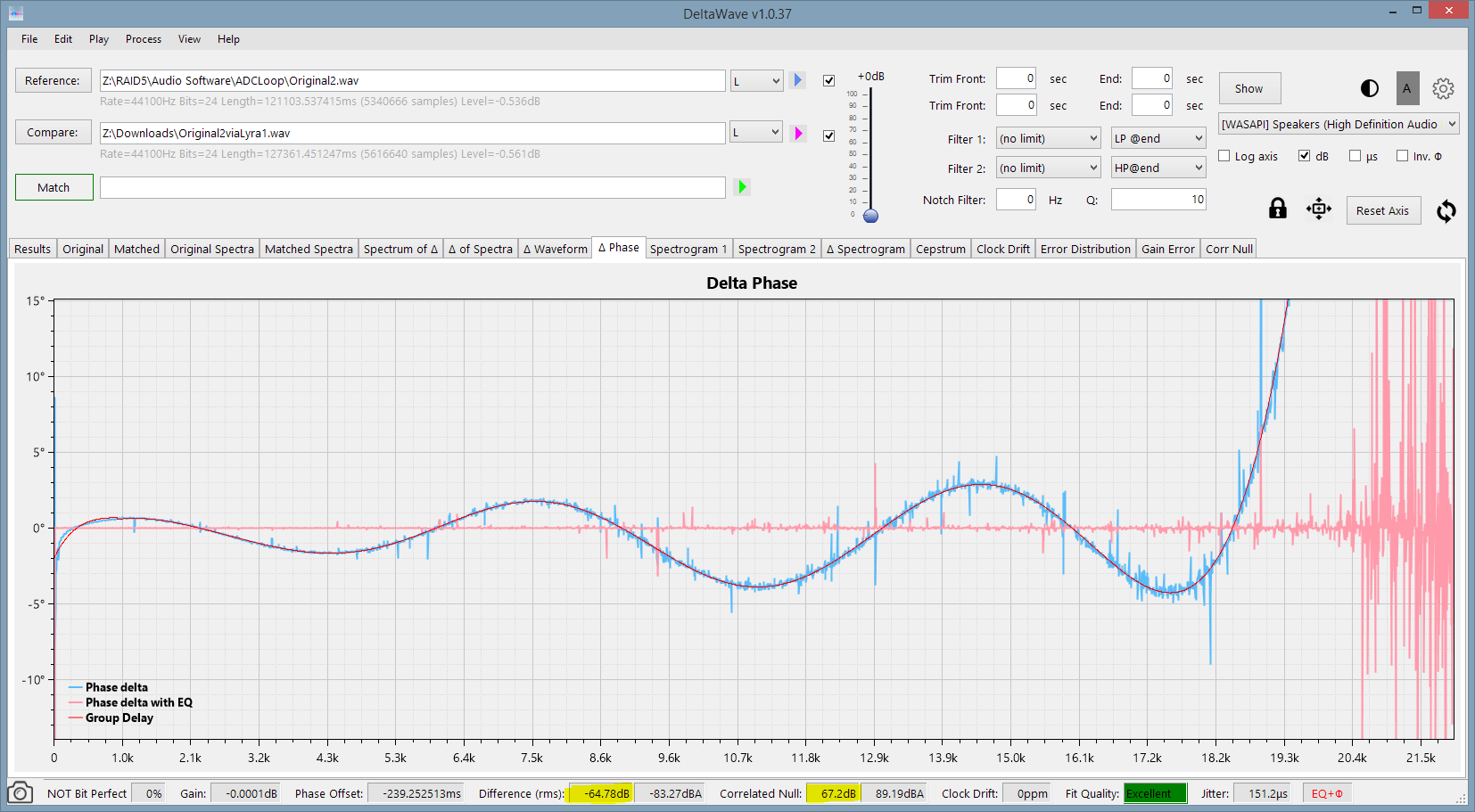(Change of phase) / frequency = what? .... Time.
Some app engineer at Keysight copied something written somewhere else. That does not make it gospel wrt general usage.
Group delay is quite literally time delay. It seems a lot of people write group delay =
-d(phase)/d(frequency in radians)
without understanding they just wrote the formula for time delay at a given frequency. However as you saw in the Keysight article it talks about group delay being the average which takes me back to what I wrote ... It's the time delay of the amplitude response (on average).
d(phi)/d(f) is d(t) is the change in time.
Group delay usually refers to a constant/linear d(phi)/d(f) -- in other words, phase is a straight line when plotted on a linear frequency axis. This results in a simple (and intuitively understood) sound delay -- other than arriving a bit late, the sound is otherwise unchanged. If you record the sound starting at the exact time of its arrival, it will be exactly the same as the original sound.
More complex phase relationships, sometimes called
variable group delay, are fairly common in digital filters and other DSP, cause the time delay to vary by frequency. d(phi)/d(f) is no longer a linear function. It can be an arbitrarily complex, non-linear expression.
Here's what a non-linear phase (variable group delay) for one DAC looks like (blue). Red/pink/salmon line is what it looks like after phase is linearized. Since the slope of the red line is 0 (it's horizontal) there is no time delay. The sound recorded from such a variable group delay
will not be exactly the same as the original sound, the waveform will be different. That's because different frequencies will be delayed by differing amounts of time.





